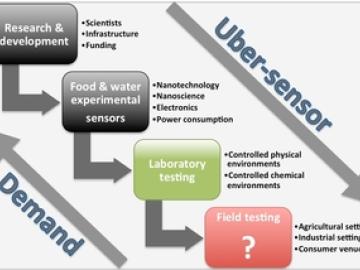
Polyphase wireless power transfer system achieves 270-kilowatt charge, s...







A carbon nanotube sponge that can soak up oil in water with unparalleled efficiency has been developed with help from computational simulations performed at the Department of Energy's (DOE's) Oak Ridge National Laboratory.




